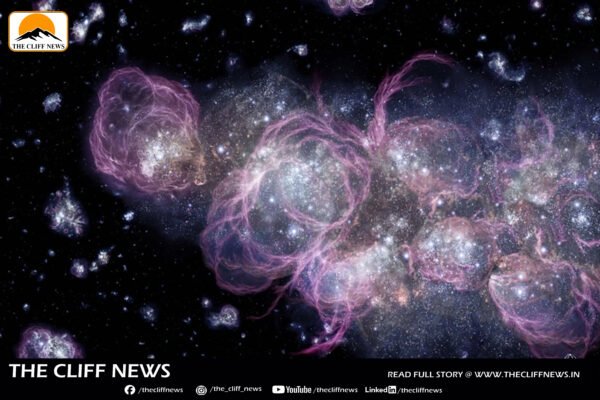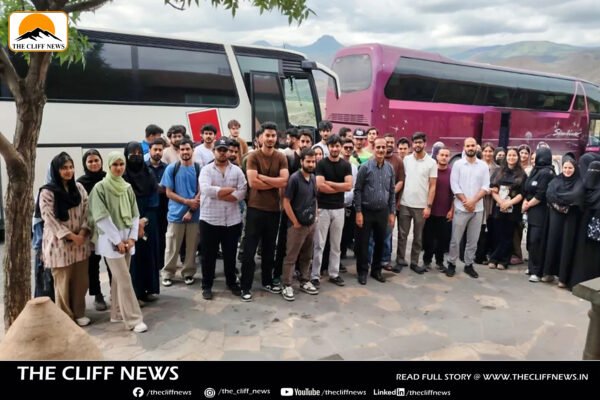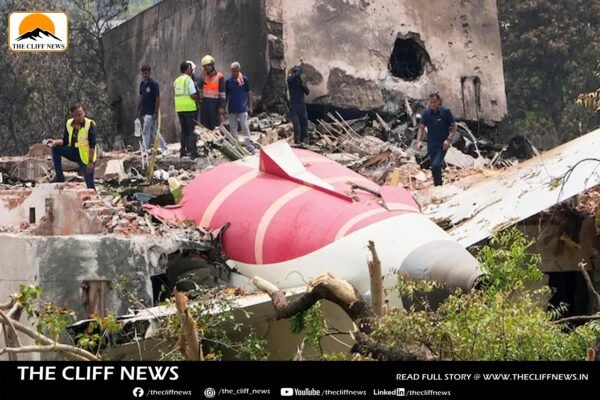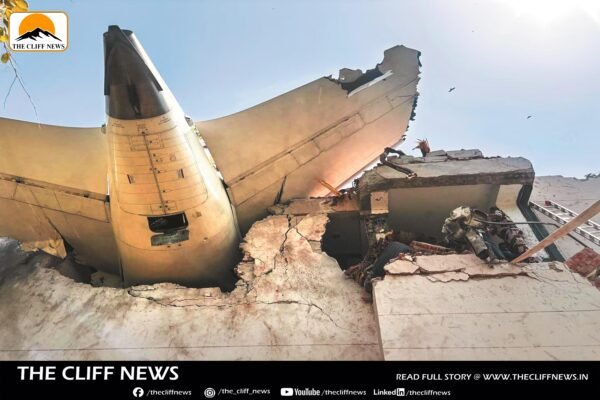Rubin Observatory Captures First Images, Promises Revolutionary View of the Universe
The Vera C. Rubin Observatory, one of the most ambitious astronomy projects in history, has captured its first test images, revealing light from millions of stars and galaxies and marking a giant leap in humanity’s quest to unravel cosmic mysteries. Built high in the Chilean Andes, this groundbreaking observatory is designed to reimagine how we observe space, using the largest camera ever built and a novel approach to capturing the night sky in motion. In just over 10 hours of initial test observations, the observatory has already discovered 2,104 new asteroids, including seven near-Earth objects, all of which pose no threat to Earth, according to scientists. “Rubin Observatory will capture more information about our universe than all optical telescopes throughout history combined,” said Brian Stone, acting director of the US National Science Foundation (NSF). A New Kind of Telescope At the heart of the Rubin Observatory is its 8.4-meter Simonyi Survey Telescope, built to sweep the sky with unprecedented speed and clarity. Its design allows it to: The observatory’s location on Cerro Pachón in Chile provides optimal conditions — dark skies and dry air — for uninterrupted observation of the Southern Hemisphere, especially the Milky Way’s center. Incredible First Images Among the breathtaking imagery shared so far: “Rubin has such a wide field of view and such a rapid cadence that you get a movie-like experience of the night sky,” said Dr. Sandrine Thomas, telescope project scientist. What Makes Rubin Special? “Rubin is a discovery machine,” said Dr. Aaron Roodman, professor at Stanford and head of the telescope’s camera testing.“It can help other telescopes focus on the right objects by identifying the most intriguing phenomena.” Honoring Vera Rubin’s Legacy Named after Vera C. Rubin, the astronomer whose research provided critical evidence for the existence of dark matter, the observatory aims to continue her pioneering spirit. Rubin’s work laid the foundation for modern cosmology, and now the observatory bearing her name will lead efforts to uncover the secrets of dark matter and dark energy — two of the universe’s biggest mysteries. “Through this remarkable facility, we’ll explore cosmic mysteries like never before,” said NSF’s Stone. What’s Next? In its infancy, the Rubin Observatory is already transforming astronomy — and it’s only just begun.










